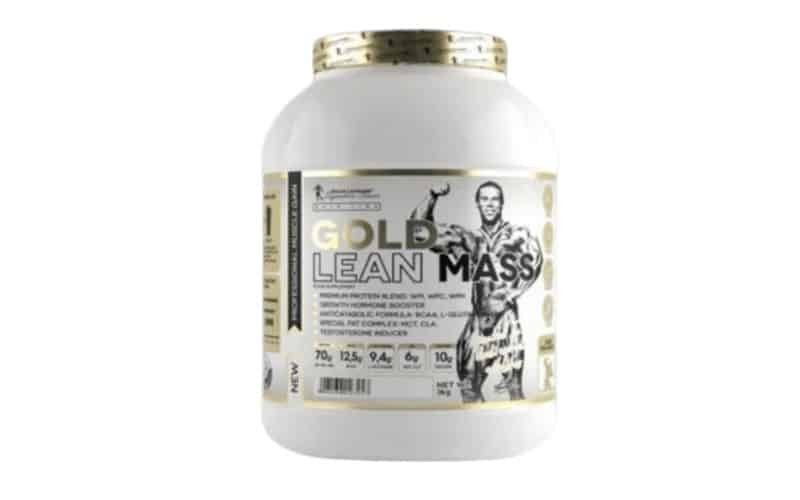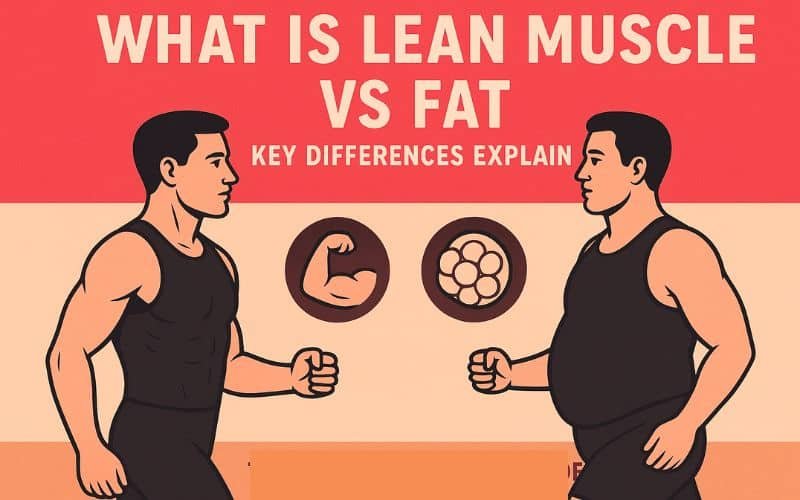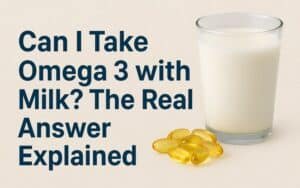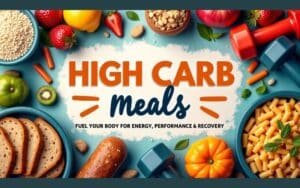What Is Lean Muscle vs Fat: Key Differences Explained
In fitness conversations, people often compare muscle and fat as if one is good and the other is bad. The reality is more nuanced. Both lean muscle and fat are essential for the body — but in very different ways. Understanding how they differ in structure, metabolism, and health outcomes can help you design smarter fitness strategies that actually work.
Understanding Lean Muscle
Lean muscle refers to muscle tissue without excess fat. It’s the “active” tissue in your body, meaning it constantly burns energy to maintain itself. This makes it a cornerstone of health and metabolism.
Key benefits of lean muscle include:
- Burns more calories at rest than fat.
- Improves balance, posture, and daily strength.
- Protects against chronic illnesses by regulating metabolism.
Building lean muscle requires a combination of resistance training and nutrition. Supportive proteins like whey protein are excellent for recovery and muscle synthesis after workouts.
Discover the key differences between lean muscle and fat—start your fitness journey today with SportsOne

What Fat Does in the Body
Fat often gets a bad reputation, but it also plays important roles in health. It stores energy, insulates organs, and supports hormone regulation. The issue arises when fat storage exceeds healthy levels.
Types of fat and their roles:
- Essential fat: Needed for survival and hormone balance.
- Stored fat: Provides energy reserves but leads to issues if excessive.
Too much fat increases the risk of obesity, insulin resistance, and liver disease. Safe support for fat metabolism can come from fat burners, especially when combined with training and diet. For newcomers, the guide to the first 30 days is a helpful resource for setting realistic expectations.
Lean Muscle vs Fat: The Real Differences
The distinction between muscle and fat goes beyond appearance. They differ in density, function, and health outcomes.
Comparisons include:
- Density & appearance: Muscle is denser and more compact; fat takes up more space, creating bulk.
- Metabolism: Muscle is metabolically active, burning energy; fat stores energy for future use.
- Health outcomes: Muscle improves strength, longevity, and recovery; excess fat increases risks of chronic disease.
This is why two people at the same weight can look completely different — one with toned definition from lean muscle, and the other with a higher fat percentage. Proper training supported by lean muscle supplements helps shift this balance.
How to Build Lean Muscle While Reducing Fat
The best strategy isn’t to eliminate fat entirely but to increase lean muscle while lowering excess fat. This balance creates a healthy, functional, and aesthetic body composition.
Effective methods include:
- Resistance training: The foundation for stimulating muscle growth.
- High-quality proteins: Isolate protein ensures lean muscle gains with minimal fat.
- Recovery nutrition: Glutamine helps repair muscles and boosts immune health.
- Hydration: Electrolyte tablets maintain stamina and performance.
In Pakistan, supplement authenticity is crucial. Choosing halal-certified products ensures safety and compliance with dietary needs.
Where to Find Authentic Supplements in Pakistan
When it comes to supplements, authenticity matters as much as effectiveness. SportsOne provides reliable outlets across the country, including the Lahore store, Karachi store, and Islamabad store. These locations offer safe, certified products for both lean muscle building and fat management.
Conclusion
Lean muscle and fat are not enemies — both are vital for your body. The key difference lies in how they function: muscle burns energy and builds strength, while fat stores energy and can become harmful in excess. By focusing on resistance training, nutrient-rich foods, and halal-certified supplements, you can build lean muscle while reducing fat for a healthier, stronger, and more confident you.









Add comment
You must be logged in to post a comment.